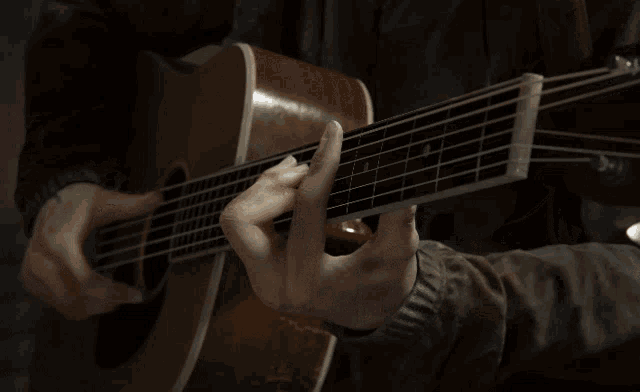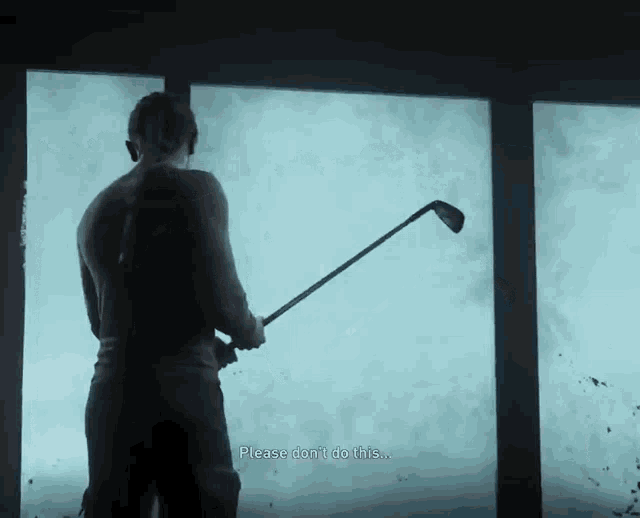It’s no surprise that The Last Of Us Part II is perched comfortably atop Metacritic’s list of the ‘most discussed PS4 games of 2020’ less than two weeks after its release – it would sit there indefinitely if it wasn’t defined by year. A game fully intended to spark discussion and linger in the thoughts of anyone who is fortunate enough to play it long after its gruelling 30+ hour journey has concluded. But, where its predecessor was able to invoke true emotion through compelling, fleshed out characters and an ending with a believable and thought-provoking moral dilemma, its sequel obsesses over the depravity and cruelty of human nature. Foregoing, and in many instances trampling on, the characteristics and components that made the first title so beloved and memorable in favour of shock value, unrelenting violence, and heavy-handed allegory.

Let me be clear though, in no way is The Last Of Us Part II ‘bad’. Yes, I have many gripes with the story, characters, and their actions, but in all other aspects this game significantly raises the bar for what a video game can be. Seamlessly and beautifully blending the worlds of film, TV and gaming to create an experience that is unparalleled – a playable HBO series. A game everyone (with a strong stomach and a penchant for violence) should play.
What about Uncharted 4 and Red Dead Redemption 2 I hear you cry! And yeah, you might have a point. But where Uncharted relied on, admittedly, well disguised choreography and stunning graphics to create a feeling of immersion. And RDR2 threw everything in to establishing a believable world. The Last of Us Part II relies on an amalgamation of the two. Fawning on hundreds of tiny strokes of realism on a much smaller scale to pull you in. And it is better for it.
There are instances that take you out of the game simply because you can’t believe how real it is, and while many games have achieved this before, it is the myriad and diversity of their occurrences that constantly reinforce you’re in a living, meticulously crafted environment. Paper bags floating in the wind. The lighting from a crimson red flare in a pitch-black room. The way the player arches their back to avoid the heavy cascades of rain. At one point I got stuck on a simple puzzle because I took for granted the level of interactivity at play, unable to think outside the realms and possibilities of other games before it.
Can’t get into a locked room? Simply smash the window with a brick and climb in. Need power for a generator but the cable won’t reach? Reel it in and throw it over a fence. These refreshingly real moments are everywhere and so easily missed or taken for granted. The depths Naughty Dog went to – to create a captivating and believable setting – cannot be easily glossed over. The Last Of Us Part II establishes itself as the example to show a non-believer the potential for video games and how they can be the optimal way to experience a narrative.

Even the level design is world leading. Large open sprawling pastures of fauna feed in to chaotic and claustrophobic car parks and neglected apartment blocks. There isn’t much variety in puzzles to solve or searchable items to rummage through (there’s only so many blue cupboards you can open) but traversing the environment for useful items, ammo and collectibles feels natural and rewarding. On the harder difficulties, there’s a sense of dread and anxiety that is rarely avoided, especially when you’re without your surprisingly useful companions, and even when you’re relatively far along in the campaign and have upgraded equipment and perks.

Despite being a game ‘on rails’ – with levels that have defined boundaries – it still feels like the game gives you just enough freedom to explore each section, with a diverse mix of paths through each intense chapter. The transitions between gameplay and cutscene is often seamless – emphasising the truly ground-breaking use of motion capture, animation, and lighting – all accompanied by a sombre score with perfectly placed licensed music (Pearl Jam’s Future Days and A-ha’s Take On Me make noticeable insertions).

Basically – as a video game – it is a technical marvel. A piece of art. So why all the hate?
Naughty Dog’s first venture into bleak, post-pandemic America led to a story that many regarded as the gaming equivalent of Citizen Kane. It’s predecessor successfully sidestepped an overdone setting (grrr zombies) by unpretentiously fleshing out the two key characters over the joyous 20-hour story. When reminiscing, even when it has been several years since I played the remaster, there are flashes of enduring moments. Ellie stroking the giraffe while surrounded by decimation. The first time you ride a horse. The terrifying odyssey through the spore infested school and the relief once it’s finally navigated. It is the moments of light within the constant darkness that stand out. Not the violence, action or even the gameplay.

The highly anticipated and, unfortunately, repeatedly pushed back sequel to one of the most critically acclaimed releases of all time was never going to circumvent the highest levels of scrutiny, and that is the biggest compliment you can pay to a piece of medium. The characters were so beautifully devised, with such emotional pervasiveness, that the fan base genuinely cared about where they were headed and were dying to see the next chapter of their tale. So its odd then, for their creators to undervalue their own effectiveness at building up these beloved characters and the sentiment towards them that they themselves created, in the hopes that you’ll eventually be able to forego the attachment you have for them once they’ve been unsurreptitiously and mercilessly bumped off. Replacing the core cast of playables with a new character that isn’t anywhere near as compelling, complex, or charming.

The brutal death of Joel acts as a superb catalyst to get the player pissed off and hungry for revenge and the creative decision to have you play as his killer – despite the online backlash – is not an inherently poor one at all. An attempt at making the player empathise with someone who – when first introduced – is seemingly beyond remorse and incomprehensively evil is a brave inclusion. But much like the grotesque infected that roam the American landscape, its hideously mutated to become the only concurrent story the game ends up trying to tell (unfortunately not particularly well). It ends up feeling forced by its execution not the manner in which it happens, and it would have certainly caused more of a moral dilemma for the player had Abby been given time to grow as a character before savagely beating the prior, and much adored, protagonist over the head with a golf club…

The visceral, instinctive hatred that you have for her is hard to diverge from, even after the final act. Somewhere along the line storytelling was sacrificed in favour of artistic vision, and its creator became fixated on subverting the expectations that the now seven-year gap between releases had set. The heavy handed parallels between the protagonists of both games and the constant desire to reinforce the message that ‘everyone is capable of horrible things’ ends up only emphasising how much better the same character traits and motifs were touched on in the first.
This exhausting and intense exploration of morality and the depravity of human nature should be applauded simply because of its ambitiousness. It is clever and complicated. Unrelentingly bleak. Morally difficult and at times thoroughly uncomfortable to play. A truly ground-breaking title, unafraid to go to places and exploring themes no video game has gone before. But ultimately something is missing. It feels insincere precisely because of how heavy-handed everything is, when the first game excelled specifically because of how genuine and understated it was. The ending is unsatisfactory, seemingly without payoff or catharsis. Yet, this games biggest sin, and ironically most depressing element, is how it undervalues the two characters that made the first game a must-play.
The Last Of Us is Joel and Ellie. Without them it is just another – albeit beautifully rendered – post apocalypse survival story.
